Is it unseasonably hot right now where you live? If so, make sure your bonsai are getting the care they need to stay healthy.
The actual temperature during a heat wave is often less important than how much warmer it is than normal. This past weekend, San Francisco set a new all-time high of 104 F – quite a ways above the average of 70 F.
Because our trees aren’t used to such heat, we can expect to see signs of stress on any bonsai that weren’t well protected.
Heat stress can cause leaves to lose their luster or become yellow. More severe damage will result in brown spots or branch dieback.
Typical signs of heat stress – dull green and yellow foliage
Some discoloration on deciduous bonsai isn’t much to worry about this time of year, especially if it’s the older leaves that are affected.
Older leaves yellowing on Chinese quince
What I don’t like to see are areas where the foliage actually burned and turned brown.
Sunburn on Chinese quince
When properly protected, trees can weather unseasonable temperatures and retain their deep, green foliage.
Healthy quince foliage
Conifers can show similar signs of stress.
Healthy cryptomeria foliage
Signs of too much sun – pale, yellow foliage
If a tree heats up too quickly or dries out when temps rise, shoot dieback is common.
Limited dieback on branch tips
The longer a tree goes without water, the more severe the damage.
Moderate dieback on cryptomeria
What to do if a tree is stressed by hot weather? If the tree is dry, water it! If the rootball is wet, mist the tree and water again when the soil dries out a bit.
Trees can shut down and become dormant in hot weather. If a tree shows signs of heat stress, watch the water carefully and mist often.
Tips for protecting bonsai during heat waves
The following tips can help bonsai survive unseasonably hot weather. Not all tips may make sense – or be an option – where you live. As always, checking with experienced enthusiasts where you live is a great place to start.
- Make sure trees get adequate water. Watering before temperatures rise and preventing them from drying out will go a long way to helping bonsai survive heat waves.
- Cool down trees – and the garden – between waterings. I don’t usually fill the pot with water more than 2-3 times a day, but I might sprinkle trees lightly an additional 3-5 times a day to cool them down. Take care, however, if fungus is a problem where you live, especially when watering in the afternoon as warm, moist weather is conducive for fungus growth.
- Protect the surface of the soil by adding a layer of white sphagnum moss (or mountain moss/yamagoke). Moss can increase moisture retention and prevent surface roots from drying out.
- Protect roots from overheating by shielding the the pot from the sun. This can be done by moving pots closer together (the combined canopies can shade the pots), turning trees so lower branches better shade the pots where the sun exposure is direct (typically south facing in the U.S.), or propping a board against the pot to provide shade: (see examples and more tips for beating the heat from Michael Hagedorn at crataegus.com). Pots can also be wrapped with a wet towel or aluminum foil.
- Move sensitive trees into the shade. When temps are high, I’ll move trees under benches or to corners of the garden where there’s less sun to help them stay cool. Moving trees to the ground can insulate the pot and help protect roots from overheating.
- Move trees away from fences, walls or other structures that reflect light and heat.
I can also add that spraying pesticides or fungicides on hot days can be particularly stressful for bonsai. Read and follow instructions on labels before spraying and if at all possible, avoid spraying during heat waves.
If heat spikes make growing bonsai difficult where you live, the following strategies can help.
- Install shade cloth that covers the top and sides of trees that need additional protection. Shade cloth positioned above trees provides shade below, and fully enclosed shade cloth structures increase the relative humidity around trees.
- Setting trees on a tray with pumice provides extra water and keeps pots cool. In time, roots may grow into the pumice which can help trees withstand warmer temperatures. I do this frequently for accents and smaller trees, and sometimes I’ll bury the entire pot in a larger pot filled with pumice in an effort to keep the roots cool.
- Use larger containers for growing. Many heat-related problems can be avoided by using larger containers as they offer better insulation and provide more room for roots to grow.
Have additional suggestions? Share them in the comments below.
Subscribe to Bonsai Tonight
New Posts Delivered Every Tuesday and Friday

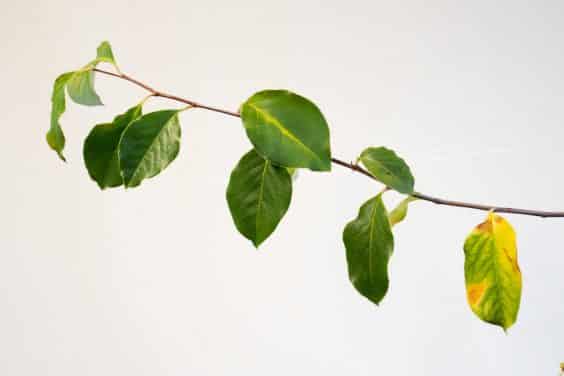
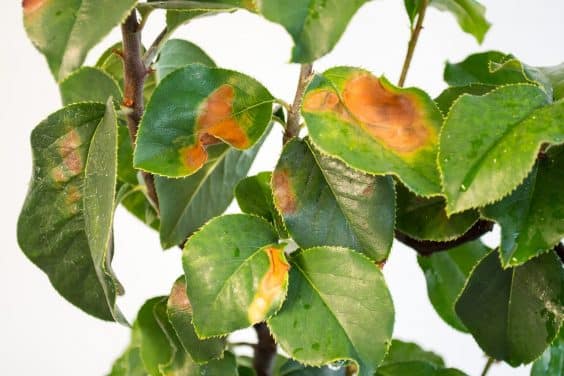
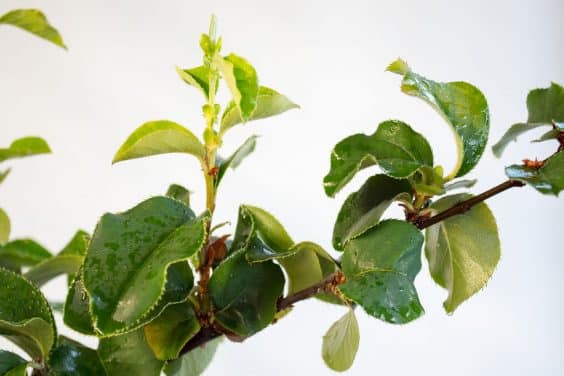
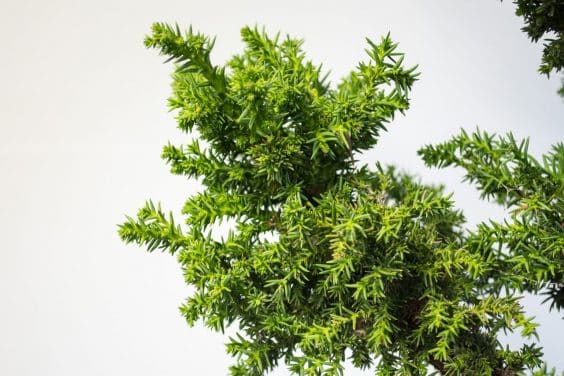
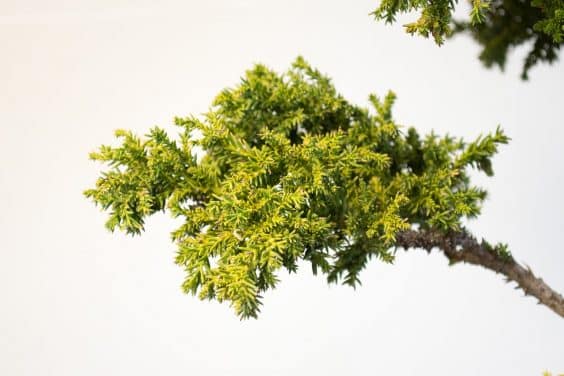
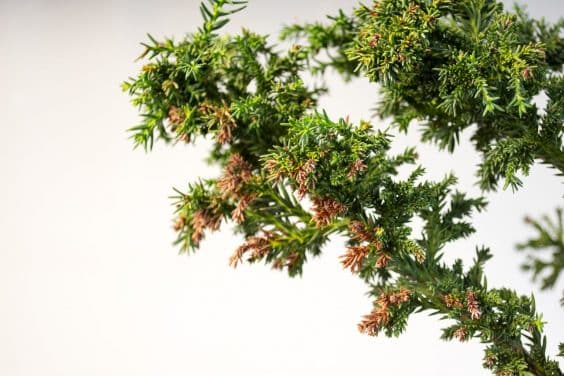
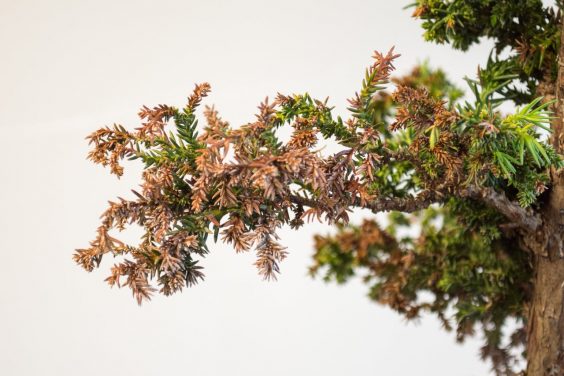
Cheryl S. says
Hi Jonas, sounds like you have joined Phoenix in having inhospitable weather for bonsai. Add one other thing – don’t work on trees in the heat. No wiring or cutting at all. Trees are in a state of dormancy at these temps. Dark pots are particularly a problem and need to be kept cooler by shading. Some people use a light colored fabric over the pot. Leaves will dry out and fall off. Tree is not dead – usually. Will come back. Phoenix has two growing seasons – spring and fall and frequently trees de-leaf in the summer and come back with new leaves in the fall.
Zack Clayton says
Thank you. That is good to know.
John Topicz says
More ANYTHING to do with quince! Their care has been horrible distorted and made confusing online. I have three large Chinese quince plus a few Japanese and it has become an advance adventure. I’ve learned through hard lesson what works. I prefer proper training though. Your info has truly helped. Thx!
Jenna Williams says
In Phoenix, AZ. where our normal temps. are averaging 103-108 in the summer, we also take advantage of wrapping or laying burlap sacks around pots. it helps keep pots cool and can be wetted throughout the day with a hose, helping to keep pot temperatures down significantly.
Charlie Mosse says
Great article!! Lots of good, tried and true suggestions. You mentioned foil. Tak Shimazu wrapped all of his pots in foil this year, just in time. His area had many days +/- 110. I heard it worked well. I use frost cloth, a white, very light weight polyester cloth. I wrap pots with it, works very nicely. The cloth can also be put directly onto the plant like the ubiquitous old bed sheet, but it is lighter weight and you can water and even spray chemical through it. Use clothes pins or tuck it under the pot to keep it in place. Been using it for decades for frost and heat issues. When the heat/frost threat is over, simply remove and fold it up for storage for the next time. Stuff the pieces into a nursery container or other receptacle. You can buy it online at most farm supply or greenhouse supply companies. I bought a big roll for sharing at the Greenhouse Megastore, see Frost Protection Fabric. Very versatile product.
Brian says
After the summer heat. In your experience, when is it a safe time to bring the sun sensitive trees (maples, elms, etc) back in full sun, or removal of shade cloth?
Jonas Dupuich says
Great question Brian. When it comes to heat waves, if there was no damage to the tree, it can go right back into the sun when temperatures return to normal. As for removing shade cloth at the end of summer, the idea is take it down after the last hot spell. Of course, it’s impossible to know when exactly that will be. I usually take down the shade cloth in October as we can get heat waves late in the season where I live.
Craig Schwabauer says
Thank you Jonas for the information you shared. I live in Wyoming. On Sunday we got to 101° with 9% humidity. I was stuck at work and when I came home I immediately checked all my trees. They all did good except my Bouganvillea. All the leaves and bracs wilted severely within half a day. I immediately watered it….not as much as normal and put it in the shade immediately after. Yesterday morning I checked on it and all the leaves and bracs perked back up but I lost about 20% of them. As of last night and today no other leaves and bracs dropped off. Scary moment. Hopefully it will continue fighting. Is it normal to have bracs that started in February and survive all the way through now with no end in sight for them all to fall off?
Jonas Dupuich says
Hi Craig – thanks for the note. I don’t know how long bracts normally stay intact on bougainvillea, but I’m not totally surprised as they can maintain their color throughout the growing season. In general, bougainvillea are good about shedding damaged leaves and producing new foliage as the tree recovers.
Fr. Tom Davis, OSA says
Great article Jonas!
I’d like to mention, if I may, a problem with synthetic planks used to make bonsai benches. I did this 4 years ago, made what I thought was a bench that could handle the So Cal heat, etc. I bought the planks from a local hardware store. They were a bit darker than redwood. They worked well for the first year, but there was something going on that left me confounded. During heat waves, even with me watering them late in the afternoon, they were dying. I look to see what was happening with leaves turning yellow and areas totally dying off. I could not find anything out of what I thought was the ordinary. I then un-potted a couple that were in very serious condition. What I found was scary. The soil was very hot, and what was happening was the moisture in the pot was near boiling, and was cooking the roots, hence the unusual sections of die off. I then took an oven thermometer and set it on the bench. I was amazed at how hot it was. The dark synthetic wood was absorbing the sun’s heat and heating up the pots and cooking the roots.
The next day, I went to the hardware store and bought pine planks and rebuilt my bench. After I finished it, I set the oven thermometer on it mid day to see how hot it got and was glad to see that it was much cooler than my old bench. My bonsai have done much better in the heat since I changed my bench back to real wood.
Again, thanks for your great articles!!!
Jonas Dupuich says
Wow, what a story Tom – thanks for sharing!